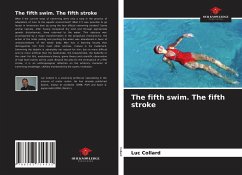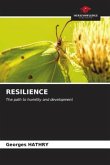What if the current ways of swimming were only a step in the process of adaptation of men to the aquatic environment? What if it was possible to go faster in immersion than by using the four official swimming strokes? Some animal species, after having conquered dry land and through appropriate genetic disturbances, have returned to the water. This odyssey was accompanied by a major transformation in the propulsion mechanisms: the action of the limbs pulling and pushing the water was abandoned in favor of unduloscillations of the whole body. Man has a learning faculty that distinguishes him from most other animals. Culture is his trademark. Swimming the dolphin is absolutely not natural for him; but no more difficult and no more artificial than the backstroke, the breaststroke, the butterfly or the crawl. For this, evolutionary theory, game theory and scientific observation of high level events will be used. Beyond the plea for the emergence of a fifth stroke, it is an anthropological reflection on the arbitrary character of swimming knowledge, skilfully maintained by the sports institution.
Bitte wählen Sie Ihr Anliegen aus.
Rechnungen
Retourenschein anfordern
Bestellstatus
Storno








